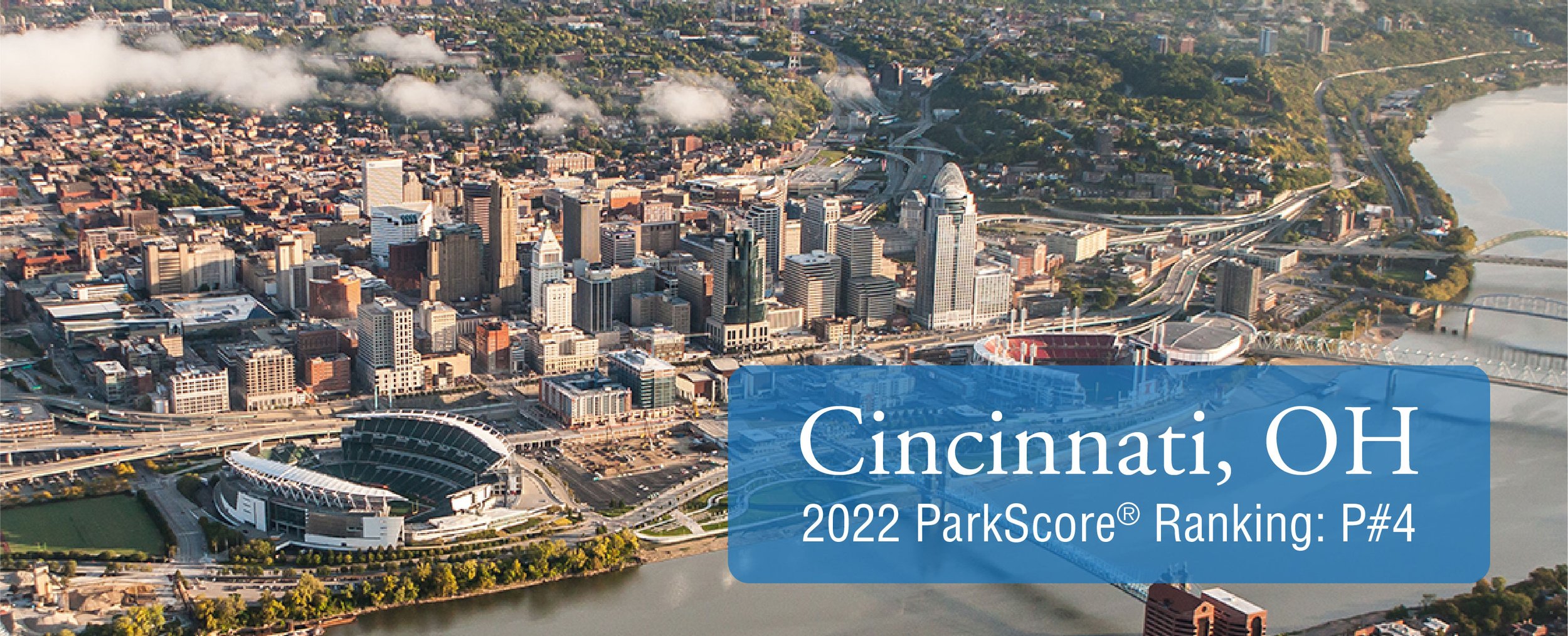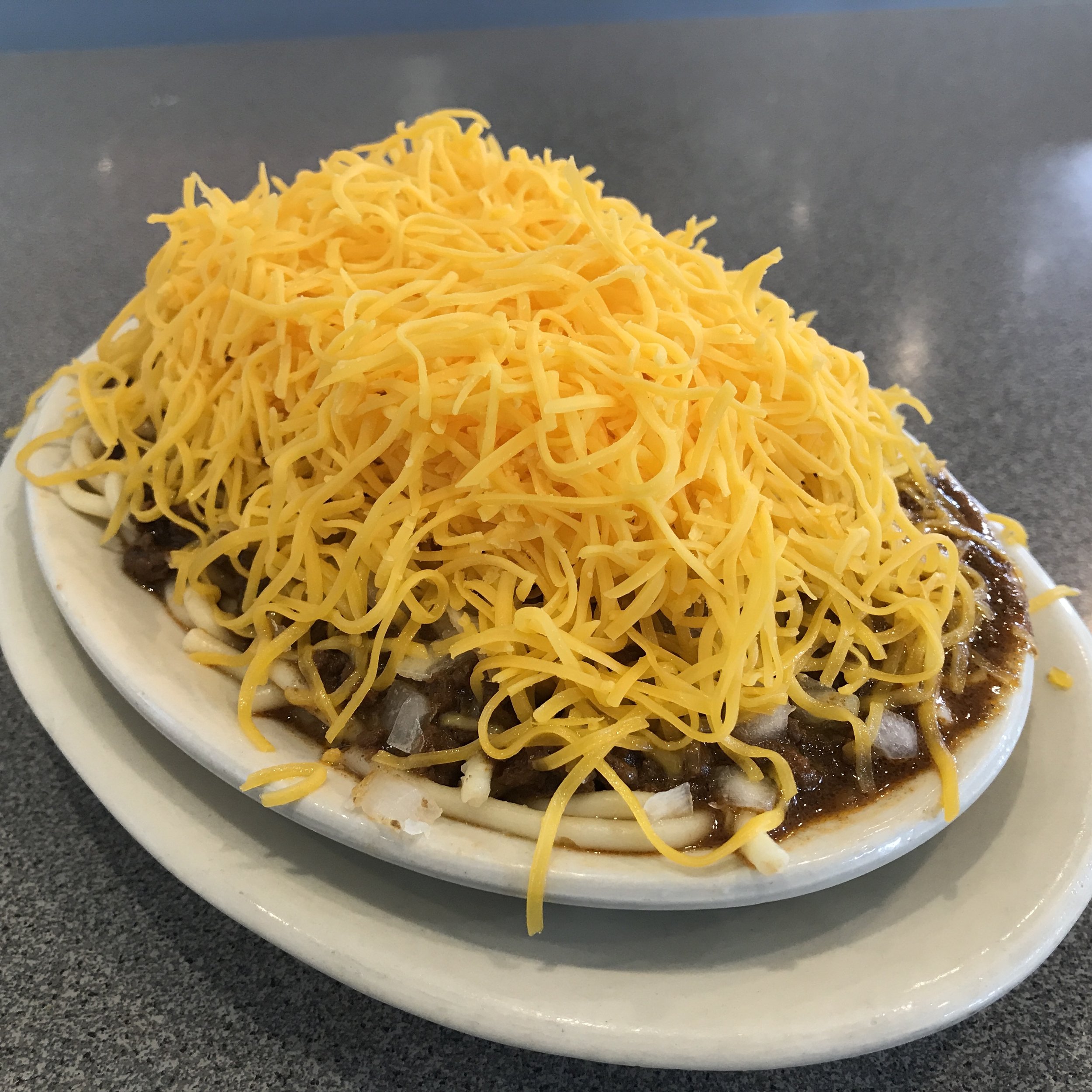Each month, we feature an Ohio Legacy City on our #GOPCThread Series, #OHCommunitySpotlight. This month, we spotlight the Queen City on the north bank of the mighty Ohio River - Cincinnati.
Welcome back to another edition in GOPC’s #OHCommunitySpotlight series, today we'll take a look at #CincinnatiOH
#Cincinnati had a population of 309,317 in 2020 & the largest metropolitan population of Ohio with 2,256,884 residents. Originally known as ‘Losantiville’, the city was founded in 1788 & soon after renamed for the Roman farmer-turned-ruler Lucius Quintus Cincinnatus #GOPCThread
Cincinnatus is not the only connection the city shares with Rome. Both cities are often referred to as ‘The City of Seven Hills’. Cincinnati is of course home to more than seven hills, & which ones fall under this name is an often debated topic
Cincinnati’s location along the Ohio River led to much of its early prosperity & by the 1850s was the leading commercial & manufacturing center of the Midwest. The major industries of the time were in woodworking, iron & cloth production, & meatpacking #OhioRiver
Cincinnati was in a prime location for farmers to bring their livestock to prepare to be shipped out along the Ohio River, making it an important meatpacking center. This also led to another moniker being associated with the city: ‘#Porkopolis’
The Ohio River and the hilly landscape that make up the area prevented significant expansion for the city. This contributed to Cincinnati becoming the most densely populated city in the US in 1890, with a population of nearly 300,000
Today, the remnants of the vast staircase network that citizens relied on to get around its hilly topography are still present & even being restored to their former condition. There are more than 400 sets of steps found throughout the city
A variety of transportation solutions led to the physical & economic expansion of the city. Bridges were constructed along the Ohio River including the John A. Roebling Suspension Bridge, a prototype for the architect’s future work on the Brooklyn Bridge
The Brent Spence Bridge is a very important bridge not just for the city & state economy, but for the nation as a whole. With 160,000 vehicles travelling along the bridge daily, it is estimated that the bridge carries 3% of the nation’s GDP annually
Bridges are not the only way that the city expanded. Streetcars were the dominant mode of transportation from the late 1800s to the early 1940s, with over 200 miles of track and 100,000,000 annual riders in its peak
Moving streetcars from the city basin to its hilltop communities would prove difficult without assistance. This assistance came in the form of the inclines, which were rail lines that moved people & streetcars up the hills on a moving platform like an elevator
Like many US cities, expansive streetcar systems were replaced by car-based road networks. Today, the city has a single streetcar line that debuted in 2016 & provides 50,000 monthly rides since implementing a fare-free policy in 2020 @Connector_Cincy
Cincinnati also attempted to construct a subway in the early 1900s. Ultimately, the plans were never completed due to a variety of factors but had completed 11 of 16 miles that would have made up the completed tunnels
Looking forward, Cincinnati is currently assessing how to best implement bus rapid transit lines throughout the city. Studies are underway by metro on four potential lines with the possibility for other lines in the future @cincinnatimetro
On top of great public transit, the city can also be travelled by bike (if you don’t mind the hills!) Bike networks are expanding all over the city, with one notable proposal being a 34 mile loop that will connect the city, known as CROWN #CROWNCincinnati
Getting out & riding your bike is a great option for seeing the wealth of green space the city has to offer. #Cincinnati is consistently recognized for its parks, seen as the 4th best city for parks by the @tpl_org which assessed the 100 largest US cities
The city’s relation to nature has not always been positive, with several devastating floods taking place throughout its history. The Flood of 1937 saw the Ohio River rise to 79.9 feet, while the Flood of 1997 saw it at 64.5 feet
Despite the damaging floods that the city has had to face, that has not stopped major companies from calling it their headquarters. As of 2022 the Cincinnati area is home to 7 #Fortune500 companies
Many of these companies helped to form 3CDC, a community development corporation focused on the downtown & Over-The-Rhine areas that has invested nearly $1,600,000,000 since it began its work
Over-the-Rhine is considered to be the largest intact collection of Italianate buildings in the nation. The city is home to a variety of impressive architecture, including the Cincinnati Union Terminal (now a museum), & the Cincinnati Music Hall
Sports are a big part of Cincinnati. Not only is it home to the reigning AFC Champion @bengals, it is also home to the nation’s oldest professional baseball team, the @Reds, who have been playing ball since 1881 and are a founding member of the National League
Of course, we couldn’t end this series without mentioning Cincinnati style chili. When visiting the city make sure to stop at one of its various chili parlors-just try not to twirl your noodles with your fork! #SkylineTime
Here’s to you Queen City! Be sure to check back next month for our next installment of #OHCommunitySpotlight




















